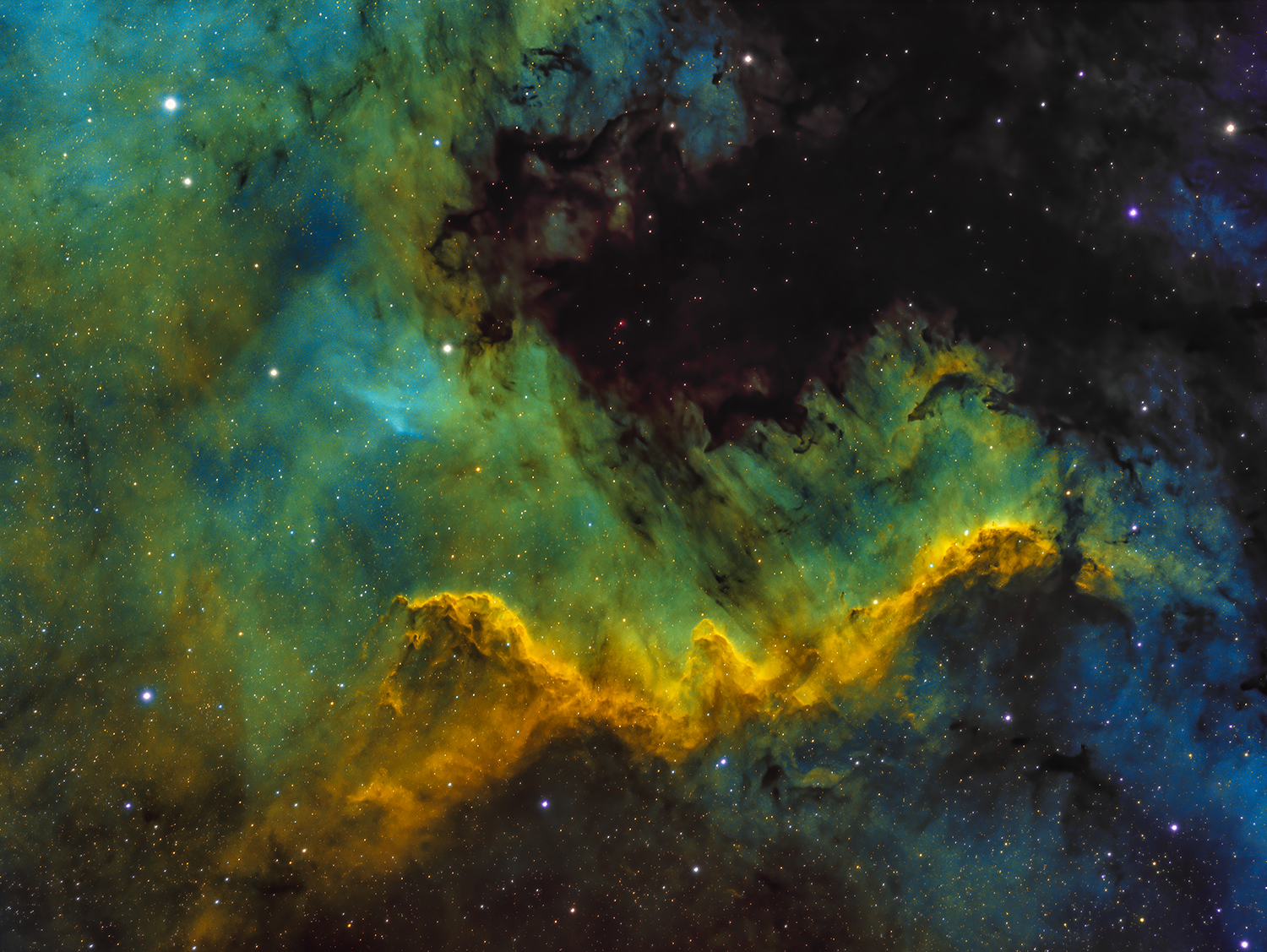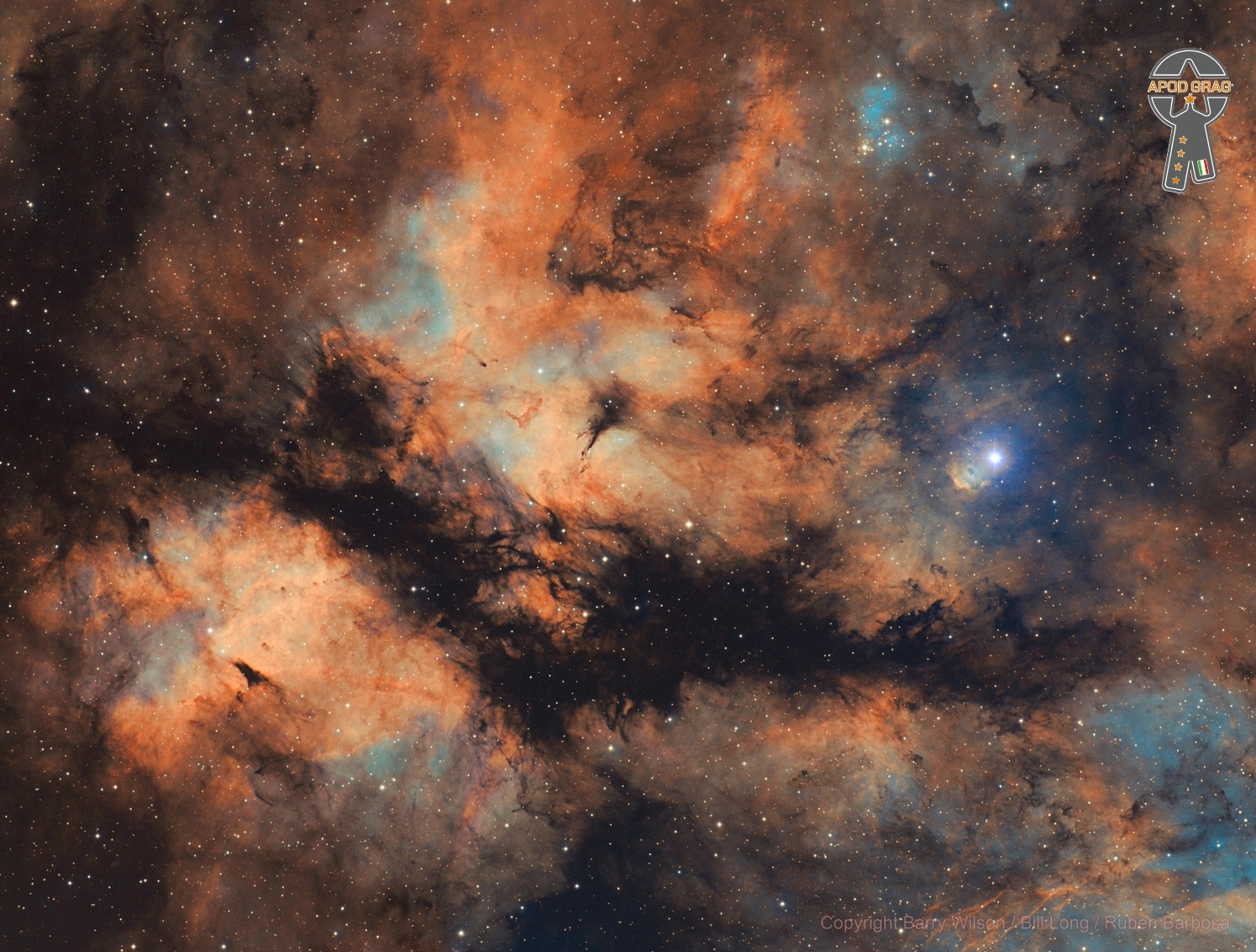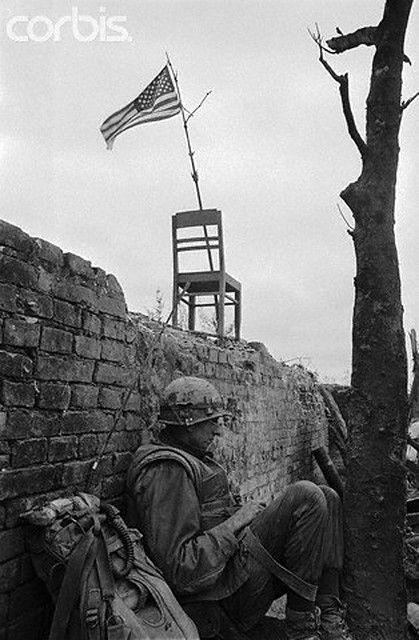Blog
Overton Amos Lemons (July 5, 1913 – October 7, 1966), known as Smiley Lewis, was an American New Orleans rhythm and blues singer and guitarist. The music journalist Tony Russell wrote that “Lewis was the unluckiest man in New Orleans. He hit on a formula for slow-rocking, small-band numbers like ‘The Bells Are Ringing’ and ‘I Hear You Knocking‘ only to have Fats Domino come up behind him with similar music with a more ingratiating delivery. Lewis was practically drowned in Domino’s backwash.”
Lemons was born in DeQuincy, Louisiana, a rural hamlet near Lake Charles, to Jeffrey and Lillie Mae Lemons. He was the second of three sons. His mother died while he was a child, and later he named a song[4] and several automobiles after her. In his mid-teens, he hopped a slow-moving freight train with some friends, who jumped off when the train began to speed up. Lewis alone remained on the train, getting off when it reached its stop in New Orleans. He found boarding with a Caucasian family in the Irish Channel neighborhood and eventually adopted their surname, Lewis.
more...GK Persei (also Nova Persei 1901) was a bright nova first observed on Earth in 1901. It was discovered by Thomas David Anderson, an Edinburgh clergyman, at 02:40 UT on 22 February 1901 when it was at magnitude 2.7. It reached a maximum magnitude of 0.2, the brightest nova of modern times until Nova Aquilae 1918. After fading into obscurity at about magnitude 12 to 13 during the early 20th century, GK Persei began displaying infrequent outbursts of 2 to 3 magnitudes (about 7 to 15 times quiescent brightness). Since about 1980, these outbursts have become quite regular, typically lasting about two months and occurring about every three years. Thus, GK Persei seems to have changed from a classical nova like Nova Aquilae 1918 to something resembling a typical dwarf nova-type cataclysmic variable star.
Surrounding GK Persei is the Firework nebula, a nova remnant first detected in 1902 consisting of an expanding cloud of gas and dust bubbles moving up to 1200 km/s.

William Harrison “Bill” Withers Jr. (July 4, 1938 – March 30, 2020 Slab Fork, WV) was an American singer-songwriter and musician. He had several hits over a relatively short career of fifteen years, including “Ain’t No Sunshine” (1971), “Grandma’s Hands” (1971), “Use Me” (1972), “Lean on Me” (1972), “Lovely Day” (1977) and “Just the Two of Us” (1981). Withers won three Grammy Awards and was nominated for six more. His life was the subject of the 2009 documentary film Still Bill. Withers was inducted into the Songwriters Hall of Fame in 2005 and Rock and Roll Hall of Fame in 2015. Two of his songs were inducted into the Grammy Hall of Fame.
more...
Fred Wesley (born July 4, 1943) is an American trombonist who worked with James Brown in the 1960s and 1970s and Parliament-Funkadelic in the second half of the 1970s.
Wesley was born the son of a high school teacher and big band leader in Columbus, Georgia, and raised in Mobile, Alabama. As a child he took piano and later trumpet lessons. He played baritone horn and trombone in school, and at around age 12 his father brought a trombone home, whereupon he switched (eventually permanently) to trombone.
During the 1960s and 1970s he was a pivotal member of James Brown‘s bands, playing on many hit recordings including “Say it Loud – I’m Black and I’m Proud,” “Mother Popcorn” and co-writing tunes such as “Hot Pants.” His slippery riffs and pungent, precise solos, complementing those of saxophonist Maceo Parker, gave Brown’s R&B, soul, and funk tunes their instrumental punch. In the 1970s he also served as band leader and musical director of Brown’s band the J.B.’s and did much of the composing and arranging for the group. His name was credited on ‘Fred Wesley & the J.B.’s’ recording of “Doing It to Death,” which sold over one million copies, and was awarded a gold disc by the R.I.A.A. in July 1973. He left Brown’s band in 1975 and spent several years playing with George Clinton‘s various Parliament-Funkadelic projects, even recording a couple of albums as the leader of a spin-off group, The Horny Horns.
more...Michael T. Mainieri Jr. is an American vibraphonist known for his work with the jazz fusion group Steps Ahead. He is married to singer-songwriter and harpist Dee Carstensen. Born: July 4, 1938 (age 83 years), New York, NY
Mainieri was a pioneer in introducing an electronic vibraphone, known as a synth-vibe, and has recorded with such musicians as Buddy Rich, Wes Montgomery and Jeremy Steig. He performed for a live album by Laura Nyro and was featured on several tracks from the Dire Straits album Love Over Gold (1982), as well as on “Ride Across the River” on the album Brothers in Arms (1985). He performed on the albums Heads by Bob James, Heart to Heart by David Sanborn, and Tiger in the Rain by Michael Franks.
He has also released numerous albums and videos as a leader for a variety of labels, most notably his 1980 album for Warner Bros. entitled Wanderlust, which featured Michael Brecker and other members of Steps Ahead. He produced three albums for Carly Simon. Mainieri married singer-songwriter/harpist Dee Carstensen in 1993.
more...The North America Nebula (NGC 7000 or Caldwell 20) is an emission nebula in the constellation Cygnus, close to Deneb (the tail of the swan and its brightest star). The shape of the nebula resembles that of the continent of North America, complete with a prominent Gulf of Mexico.
It is 3 hours and 10 minutes in hubble palette of the nebula ngc 7000, more specifically the area of the wall and the gulf of mexico.
The photograph has been taken from Ciutadella de Menorca, Balearic Islands, Spain.
The equipment used has been an Explore Scientific 127mm carbon fiber with its 0.7x to F5.2 corrector using the ASI 1600 MM Pro camera with SHO astronomik 6nm filters and a SkyWatcher EQ6R mount.

Lonnie Smith (born July 3, 1942), styled Dr. Lonnie Smith, is an American jazz Hammond B3 organist who was a member of the George Bensonquartet in the 1960s. He recorded albums with saxophonist Lou Donaldson for Blue Note before being signed as a solo act. He owns the label Pilgrimage.
He was born in Lackawanna, New York, into a family with a vocal group and radio program. Smith says that his mother was a major influence on him musically, as she introduced him to gospel, classical, and jazz music. He was part of several vocal ensembles in the 1950s, including the Teen Kings which included Grover Washington Jr., on sax and his brother Daryl on drums. Art Kubera, the owner of a local music store, gave Smith his first organ, a Hammond B3.
more...Fontella Marie Bass (July 3, 1940 – December 26, 2012) was an American R&B and soul singer and songwriter best known for her number-one R&B hit “Rescue Me” in 1965.
Fontella Bass was born in St. Louis, Missouri. She was the daughter of gospel singer Martha Bass, who was a member of the Clara Ward Singers, and the older sister of R&B singer David Peaston. At an early age, Fontella showed great musical talent. At the age of five, she provided the piano accompaniment for her grandmother’s singing at funeral services, she sang in her church’s choir at six, and by the time she was nine, she had accompanied her mother on tours throughout the South and Southwest America.
Bass continued touring with her mother until age of sixteen. As a teenager, Bass was attracted by more secular music. She began singing R&B songs at local contests and fairs while attending Soldan High School from which she graduated in 1958. At 17, she started her professional career working at the Showboat Club near Chain of Rocks, Missouri. In 1961, she auditioned on a dare for the Leon Claxton carnival show and was hired to play piano and sing in the chorus for two weeks, making $175 per week for the two weeks it was in town. She wanted to go on tour with Claxton but her mother refused and according to Bass “… she literally dragged me off the train”. It was during this brief stint with Claxton that she was heard by vocalist Little Milton and his bandleader Oliver Sain who hired her to back Little Milton on piano for concerts and recording.
more...Pierre Dewey LaFontaine Jr. (July 3, 1930 – August 6, 2016), known professionally as Pete Fountain, was an American jazz clarinetist.
Pierre Dewey Fountain, Jr., was born on White Street, in New Orleans, between Dumaine and St. Ann, in a small Creole cottage-style frame house, to Pierre, Sr. and Madeline. Pete was the great-grandson of a French immigrant, François Fontaine, who was born in Toulon, circa 1796, and came to the U.S. in the early 19th century, and died on the Mississippi Gulf Coast circa 1885. Pete’s father, a truck driver and part-time musician, changed the family name to Fountain.
more...Rhoda Scott (born July 3, 1938) is an American soul jazz organist.
Scott was first attracted to the organ in her father’s church at age seven. “It’s really the most beautiful instrument in the world”, she stated in a recent interview. “The first thing I did was take my shoes off and work the pedals.” From then on she always played her church organ in her bare feet, and to this date she has continued the practice.
In 1967 Scott moved to France, where she has since spent most of her career.
more...John Coles (July 3, 1926 – December 21, 1997) was an American jazz trumpeter. Coles was born in Trenton, New Jersey on July 3, 1926. He grew up in Philadelphia and was self-taught on trumpet.
Coles spent his early career playing with R&B groups, including those of Eddie Vinson (1948–1951), Bull Moose Jackson (1952), and Earl Bostic(1955–1956). He was with James Moody from 1956 to 1958, and played with Gil Evans‘s orchestra between 1958 and 1964, including for the album Out of the Cool. After this he spent time with Charles Mingus in his sextet which also included Eric Dolphy, Clifford Jordan, Jaki Byard, and Dannie Richmond. Following this he played with Herbie Hancock (1968–1969), Ray Charles (1969–1971), Duke Ellington (1971–1974), Art Blakey (1976), Dameronia, Mingus Dynasty, and the Count Basie Orchestra under the direction of Thad Jones (1985–1986).
more...Gamma Cygni (γ Cygni), also known as Sadr, is a star in the constellation Swan, located at the intersection of body and wings (which are formed by 5 stars). Sadr is a yellow supergiant with 12 solar masses, 150 times the radius of the Sun and 65,000 times more luminous, surface temperature of 6,500 k, apparent magnitude of 2.23, being one of the brightest stars visible in the night sky and its distance Was calculated at 1,800 light-years.
Visually, Sadr is surrounded by the emitting nebula IC 1318, illuminated by hot and young stars, though Sard is closer to Earth.

Charles Robert Watts (born 2 June 1941) is an English drummer, best known as a member of the Rolling Stones since 1963. Originally trained as a graphic artist, he started playing drums in London’s rhythm and blues clubs, where he met Brian Jones, Mick Jagger, and Keith Richards. In January 1963, he joined their fledgling group, the Rolling Stones, as drummer, while doubling as designer of their record sleeves and tour stages. Watts has been the only Rolling Stones member other than Jagger or Richards to have been featured on all of their studio albums. He cites jazz as a major influence on his drumming style. He has toured with his own group, the Charlie Watts Quintet, and appeared in London at Ronnie Scott’s Jazz Clubwith the Charlie Watts Tentet.
In 2006, Watts was elected into the Modern Drummer Hall of Fame; in the same year, Vanity Fair elected him into the International Best Dressed List Hall of Fame. In the estimation of noted music critic Robert Christgau, Watts is “rock’s greatest drummer.” In 2016, he was ranked 12th on Rolling Stone‘s “100 Greatest Drummers of All Time” list.
https://www.youtube.com/watch?v=4b8w44FEjk4
more...More Posts
- The Cosmos with Meteor M31
- Pat Metheny Day
- Papa Joe Jones Day
- World Music with Elle Márjá Eira
- Daily Roots with Stranger Cole
- The Cosmos with NGC 6357
- Vikku Vinayakram Day
- Bruz Freeman Day
- World Music with the Bushmen & Himba
- Daily Roots with the Dynamics
- World Music with Francisco Tarrega
- The Cosmos with IC 4406
- FRIDOLijN Day
- Chuck Israels Day
- Trudy Pitts Day
- World Music with Rahul Sharma
- Daily Roots with Jackie Mitto & The Soul Vendors
- The Cosmos with LL Ori
- Andile Yenana Day
- Jack DeJohnette Day
